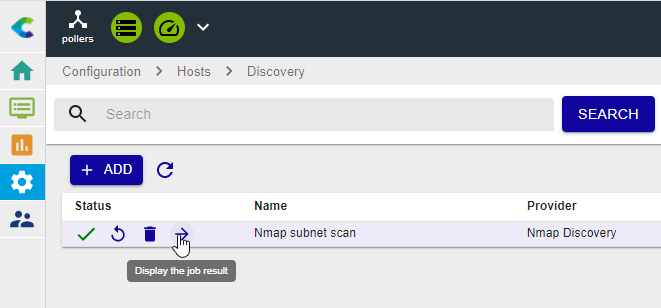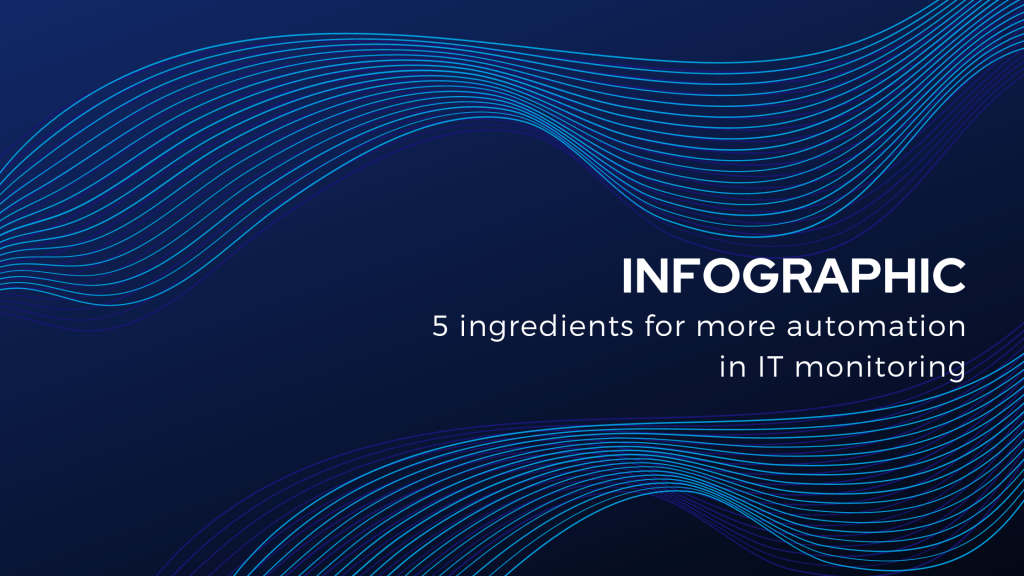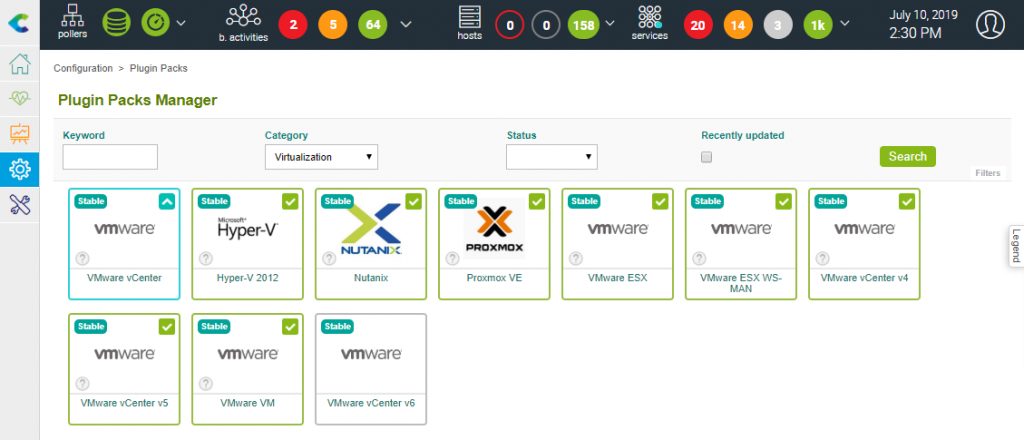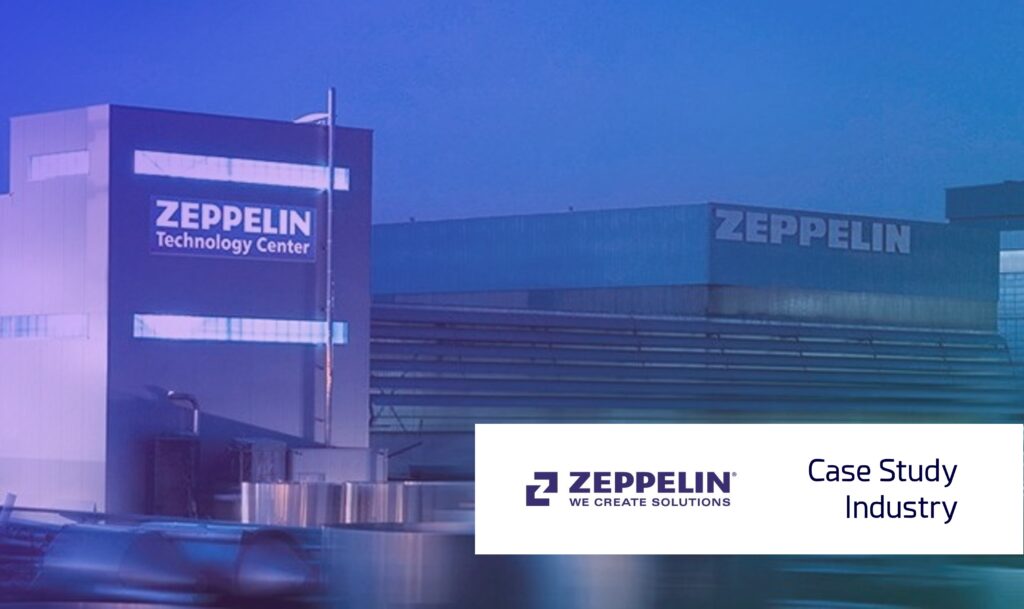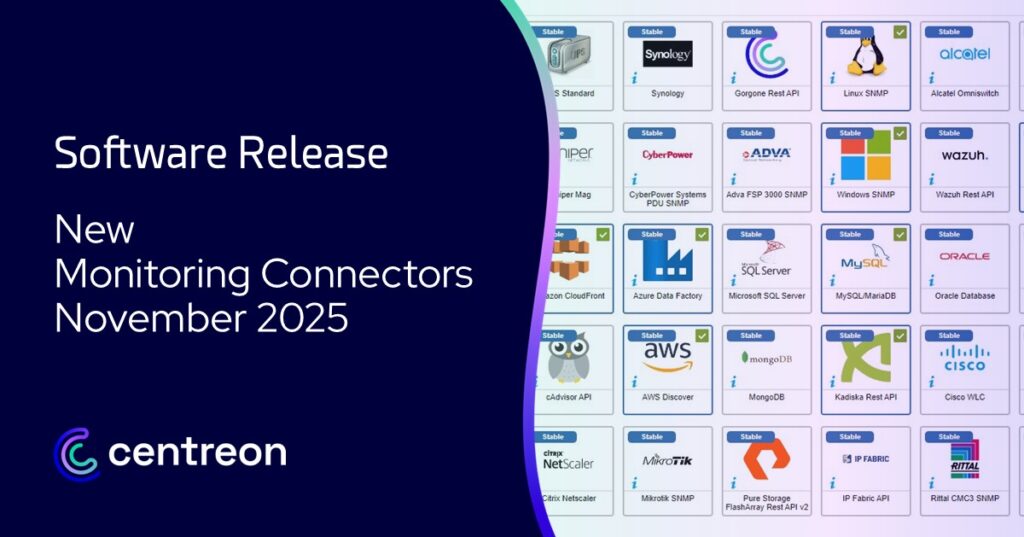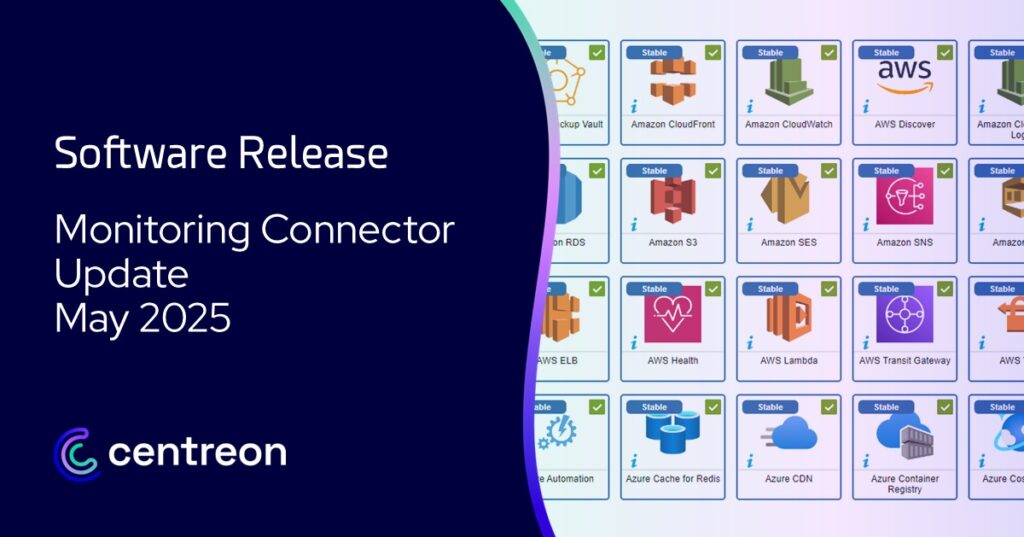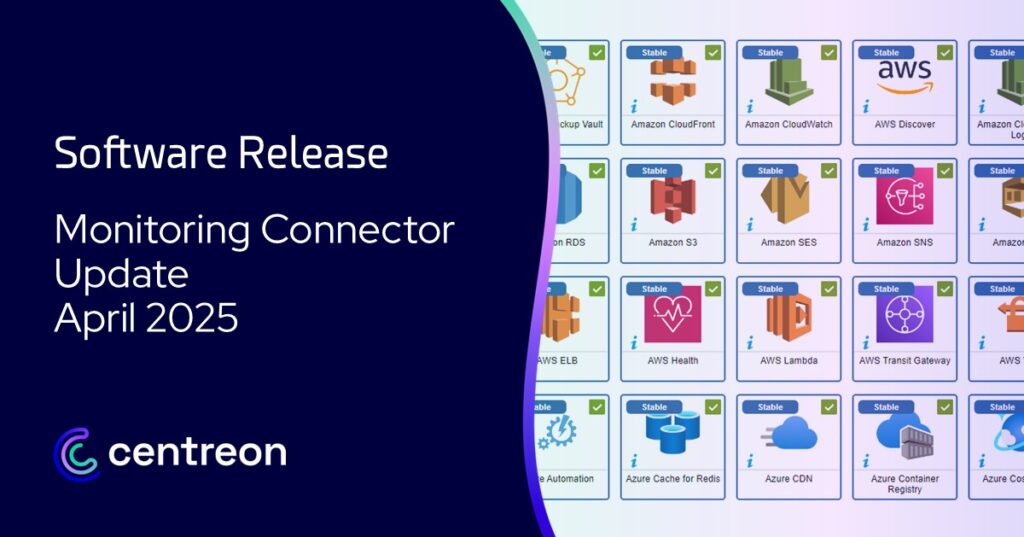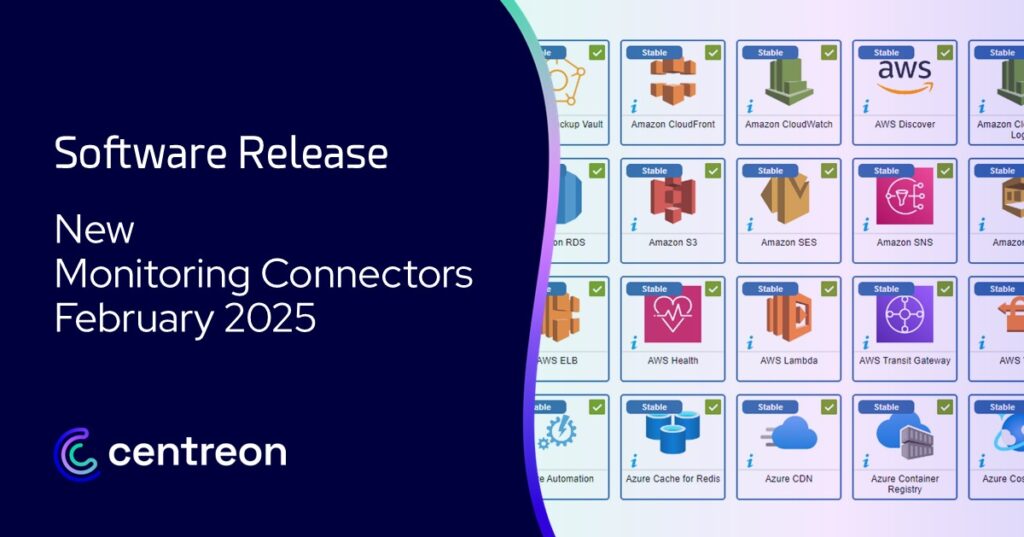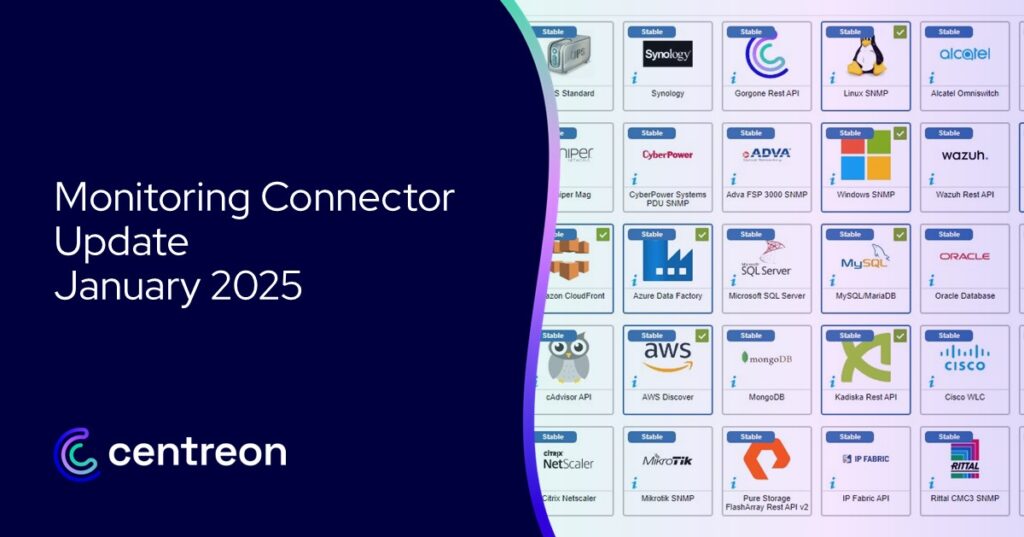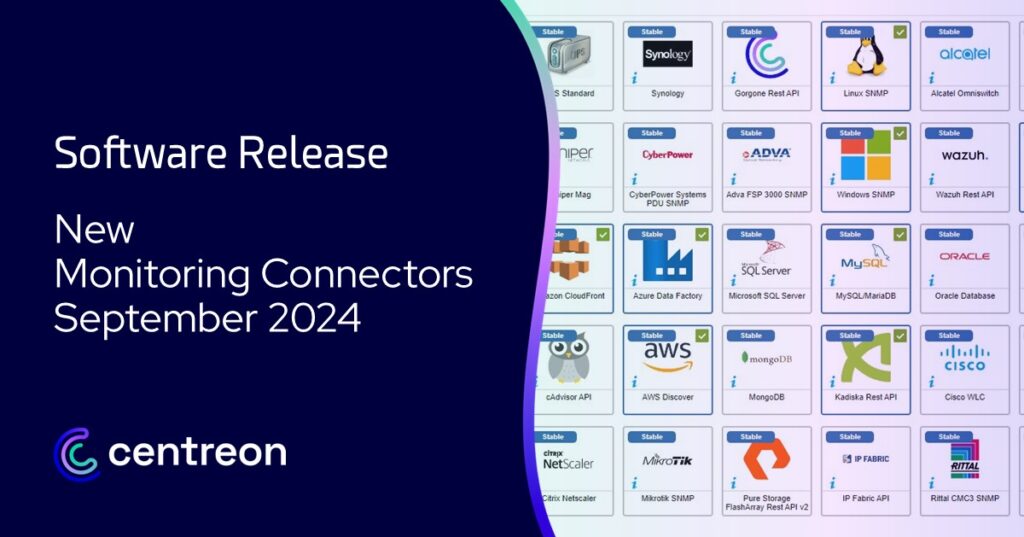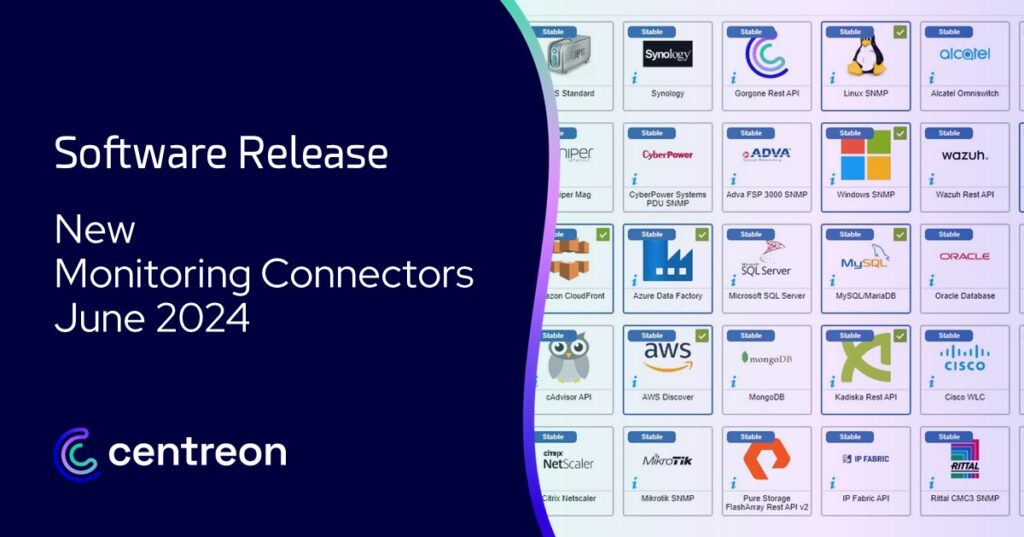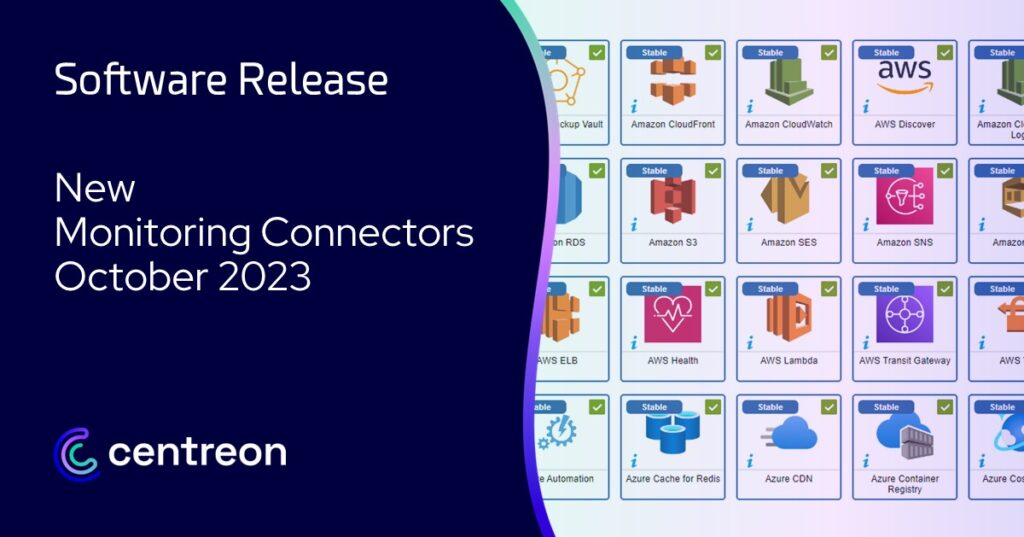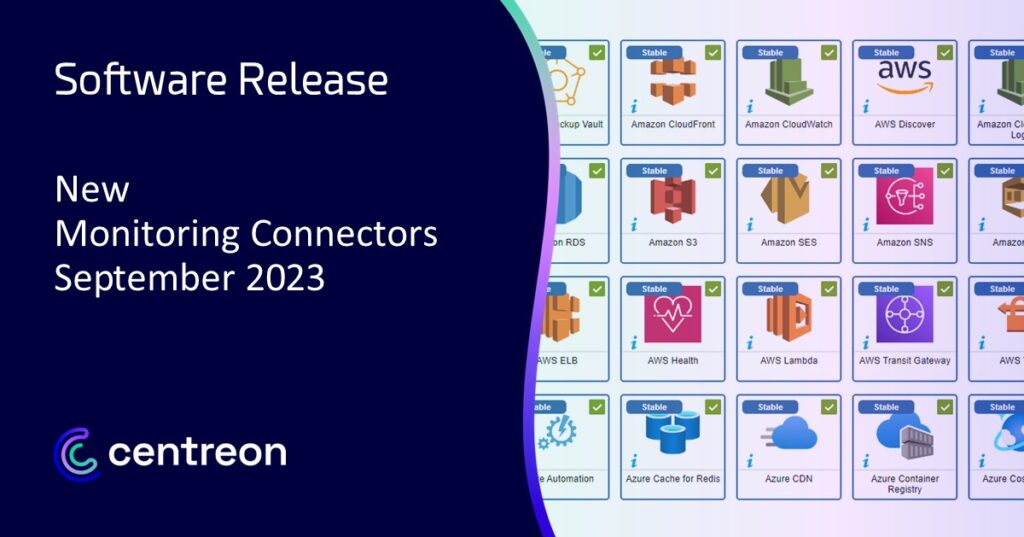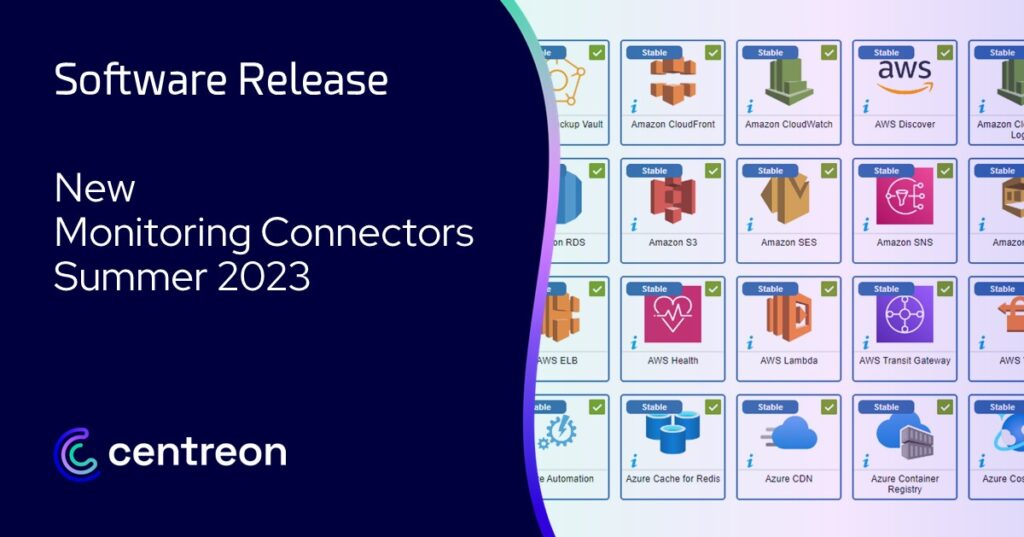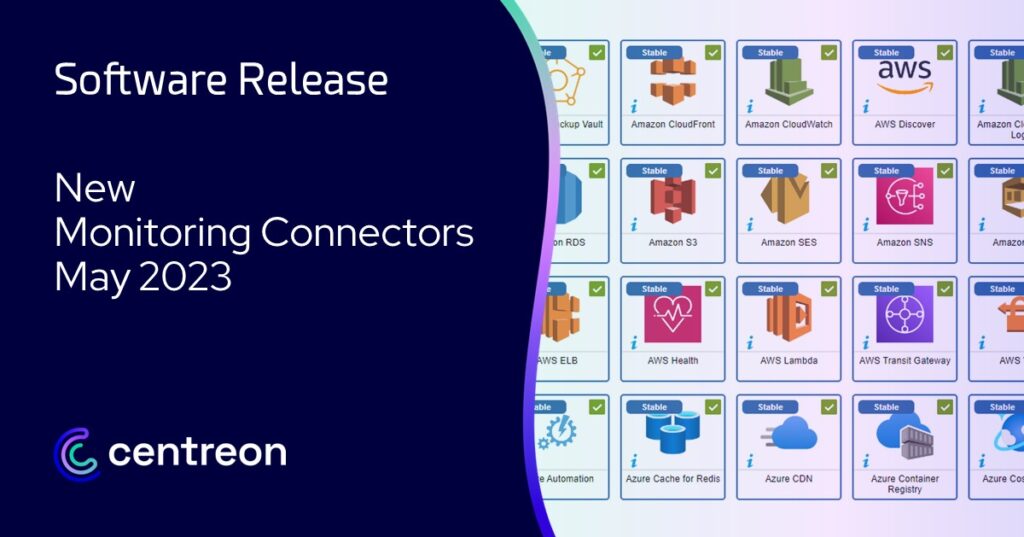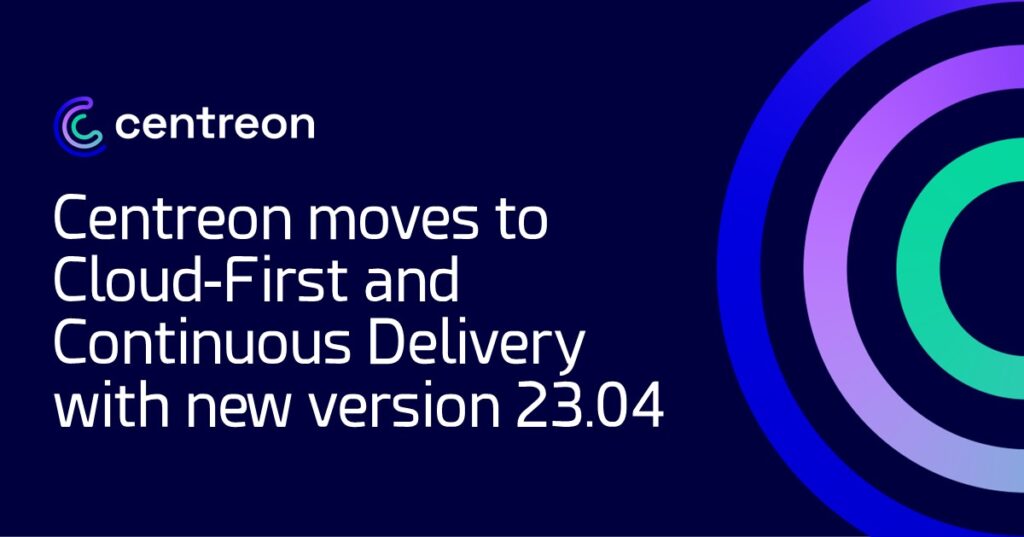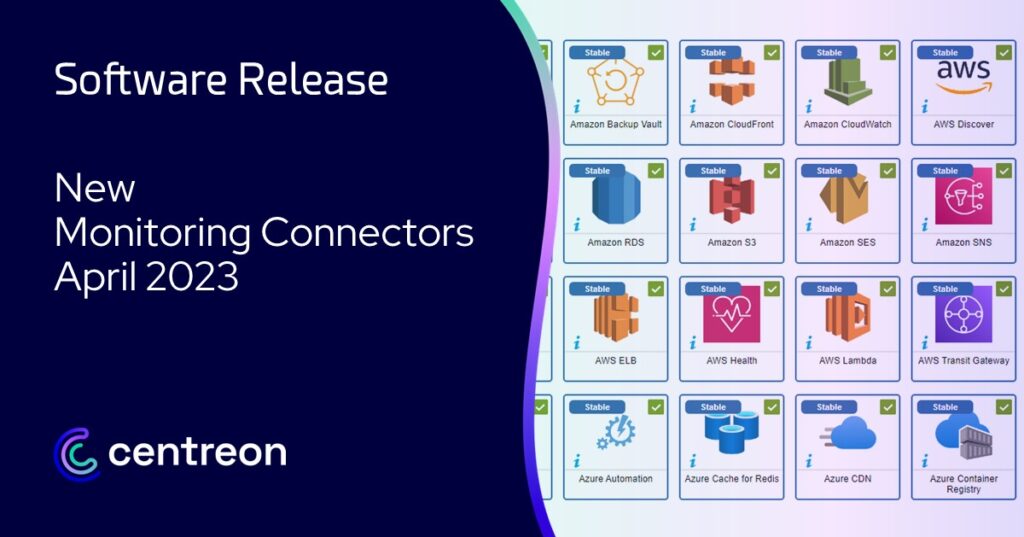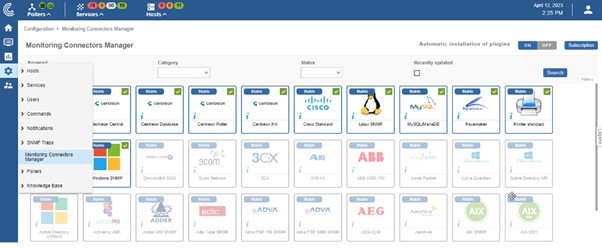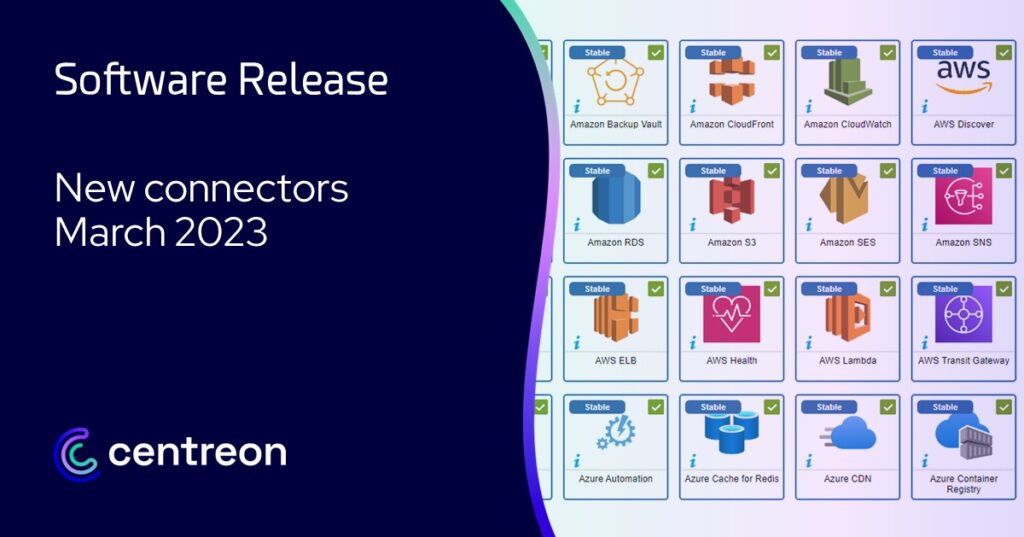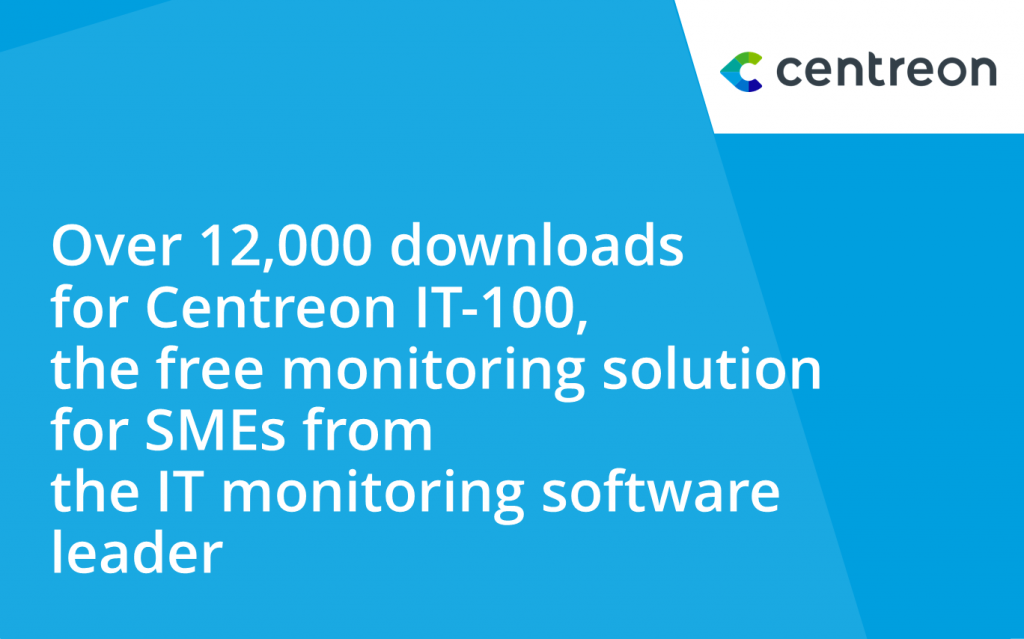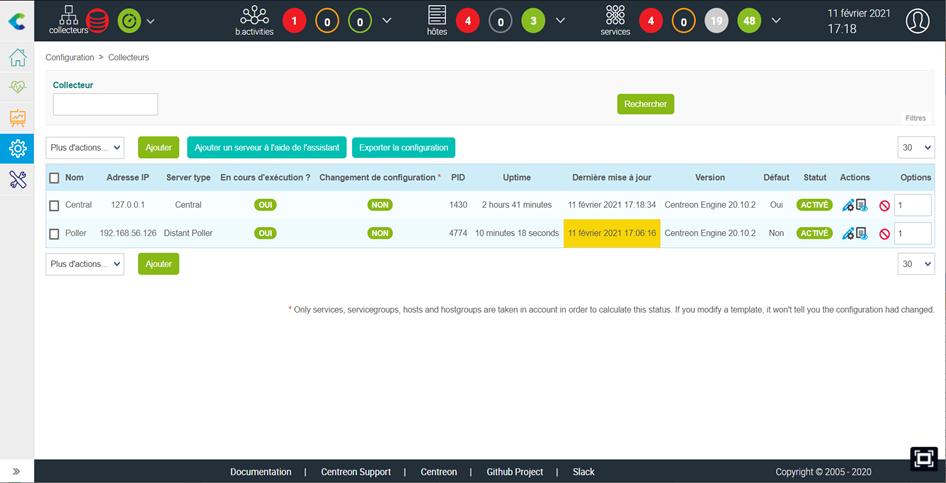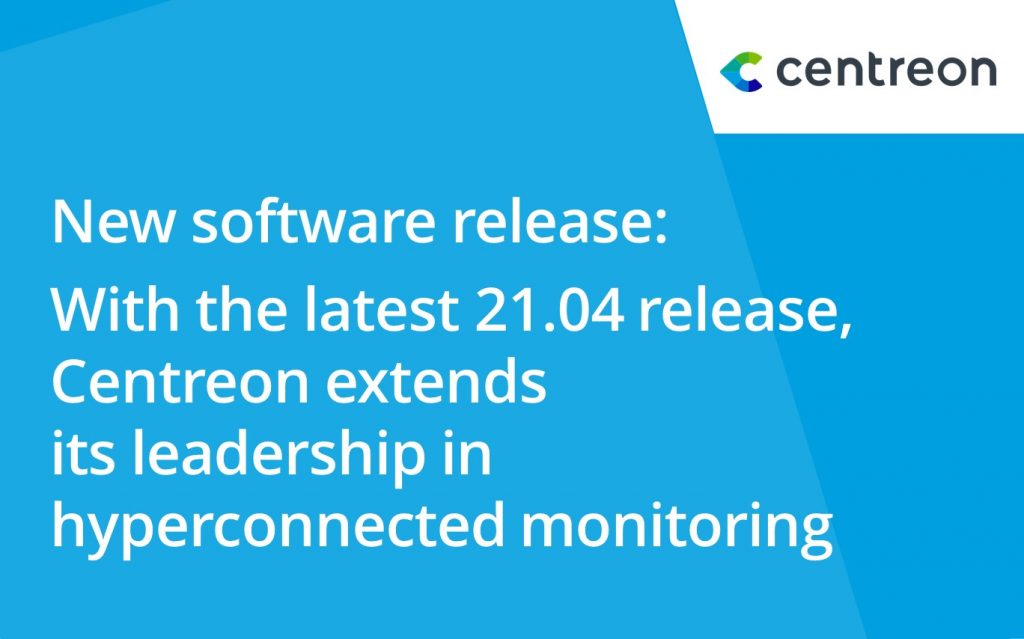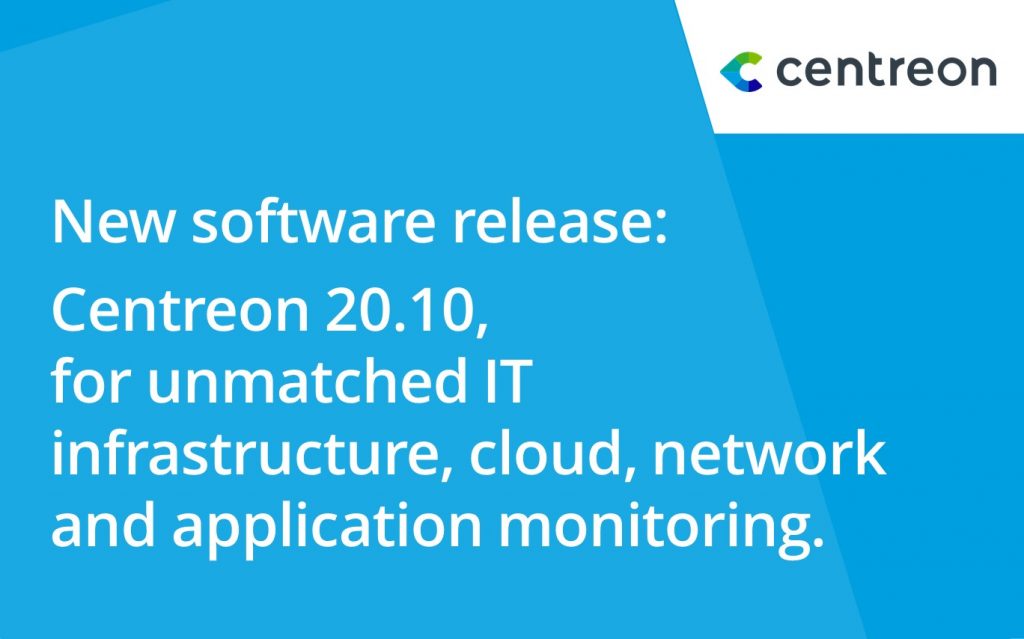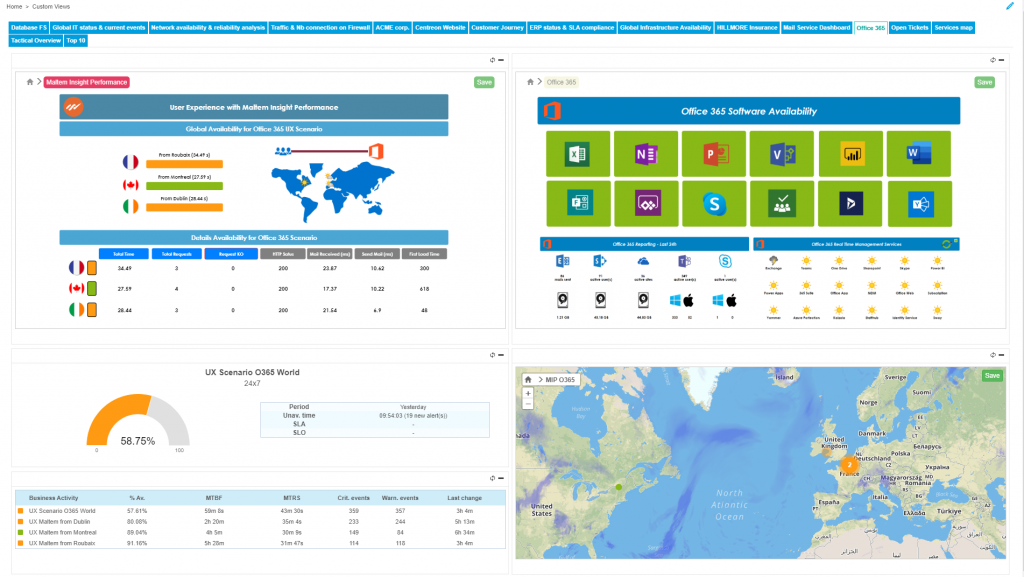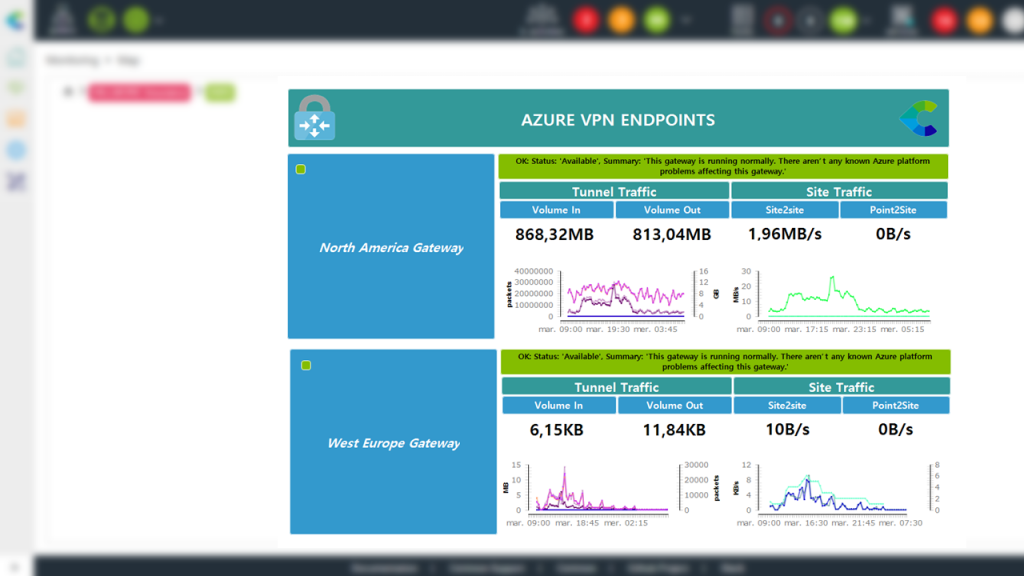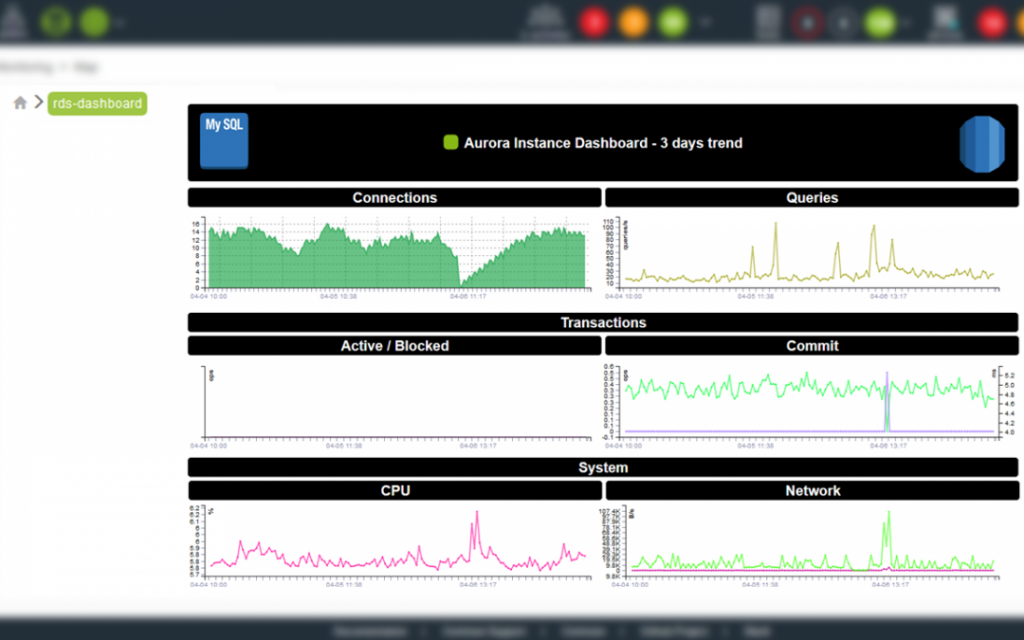Auto discovery
Back to glossaryWhat is Auto-Discovery?
Auto-Discovery, also known as automatic discovery, is a process in IT and network management that involves the automatic detection and identification of devices, applications, and services within an IT environment. This process is crucial for maintaining an up-to-date inventory of network assets, ensuring efficient monitoring, and facilitating streamlined management of IT infrastructure. Auto-Discovery helps IT teams by automating the time-consuming task of manually cataloging and configuring new devices or services, which can be especially challenging in dynamic, large-scale, or cloud-based environments.
Key Components of Auto-Discovery
- Network Device Discovery: Auto-Discovery can automatically detect all devices connected to a network, including routers, switches, servers, printers, and more. This is achieved through protocols like SNMP (Simple Network Management Protocol), ICMP (Internet Control Message Protocol), and ARP (Address Resolution Protocol). The discovered devices are then mapped into the network topology, providing a visual representation of the network’s structure.
- Application and Service Discovery: Beyond hardware, Auto-Discovery also identifies software applications and services running within the network. It can detect and map databases, web servers, application servers, and other software components. This level of discovery is critical for managing complex IT environments where services and applications are constantly being added or modified.
- Configuration Management: Auto-Discovery plays a significant role in configuration management by identifying configuration changes and ensuring that these changes are documented and compliant with organizational policies. This helps in maintaining configuration consistency across the IT environment and aids in troubleshooting by providing a clear history of changes.
- Cloud Resource Discovery: In cloud environments, Auto-Discovery extends to identifying cloud resources such as virtual machines, storage volumes, and network interfaces. This ensures that all cloud assets are accounted for and monitored, preventing resource sprawl and ensuring cost efficiency.
- Real-Time Monitoring Integration: One of the key benefits of Auto-Discovery is its integration with real-time monitoring tools. Once devices and services are discovered, they can be automatically added to monitoring systems, enabling continuous supervision of performance, availability, and security. This automation reduces the time it takes to bring new assets under monitoring and ensures nothing is overlooked.
- Security and Compliance: Auto-Discovery also contributes to security by ensuring that all devices and services on a network are identified and monitored for vulnerabilities. It helps in enforcing security policies and compliance with industry standards by providing complete visibility into the IT environment.
Benefits of Auto-Discovery
- Efficiency and Time Savings: Auto-Discovery significantly reduces the time and effort required to manage IT assets by automating the discovery process. This allows IT teams to focus on more strategic tasks rather than manual inventory management.
- Improved Accuracy: Manual processes are prone to errors, especially in large or complex environments. Auto-Discovery provides a more accurate and up-to-date inventory of network devices, applications, and services, reducing the risk of oversight.
- Enhanced Security: By automatically detecting all devices and services on a network, Auto-Discovery ensures that potential security threats are identified and mitigated promptly. This helps in maintaining a secure IT environment by preventing unauthorized devices or services from going unnoticed.
- Cost Efficiency: Auto-Discovery helps in optimizing resource allocation by ensuring that all IT assets are properly accounted for and monitored. This prevents resource wastage and helps in managing IT budgets more effectively.
- Scalability: As IT environments grow and evolve, Auto-Discovery scales with them. It is particularly useful in dynamic environments like cloud-based infrastructures, where new resources are constantly being added and removed.
Challenges in Implementing Auto-Discovery
- Complexity of Integration: Integrating Auto-Discovery tools with existing IT management systems can be complex, requiring careful planning and execution to ensure compatibility and effectiveness.
- Data Overload: Auto-Discovery generates a large amount of data, which can be overwhelming to manage and analyze without robust data management tools.
- Security Concerns: While Auto-Discovery enhances security, it can also introduce risks if not properly configured. Unauthorized access to Auto-Discovery tools or data can lead to significant security breaches.
Conclusion
Auto-Discovery is a critical tool for modern IT and network management, providing automated, real-time identification of all devices, applications, and services within an IT environment. By automating the discovery process, it enhances efficiency, accuracy, and security, making it easier to manage complex and dynamic IT infrastructures. While there are challenges in implementing Auto-Discovery, the benefits it offers—such as improved operational efficiency, enhanced security, and scalability—make it an invaluable component of effective IT management.
Pages linked on this
Ready to see how Centreon can transform your business?
Keep informed on our latest news





